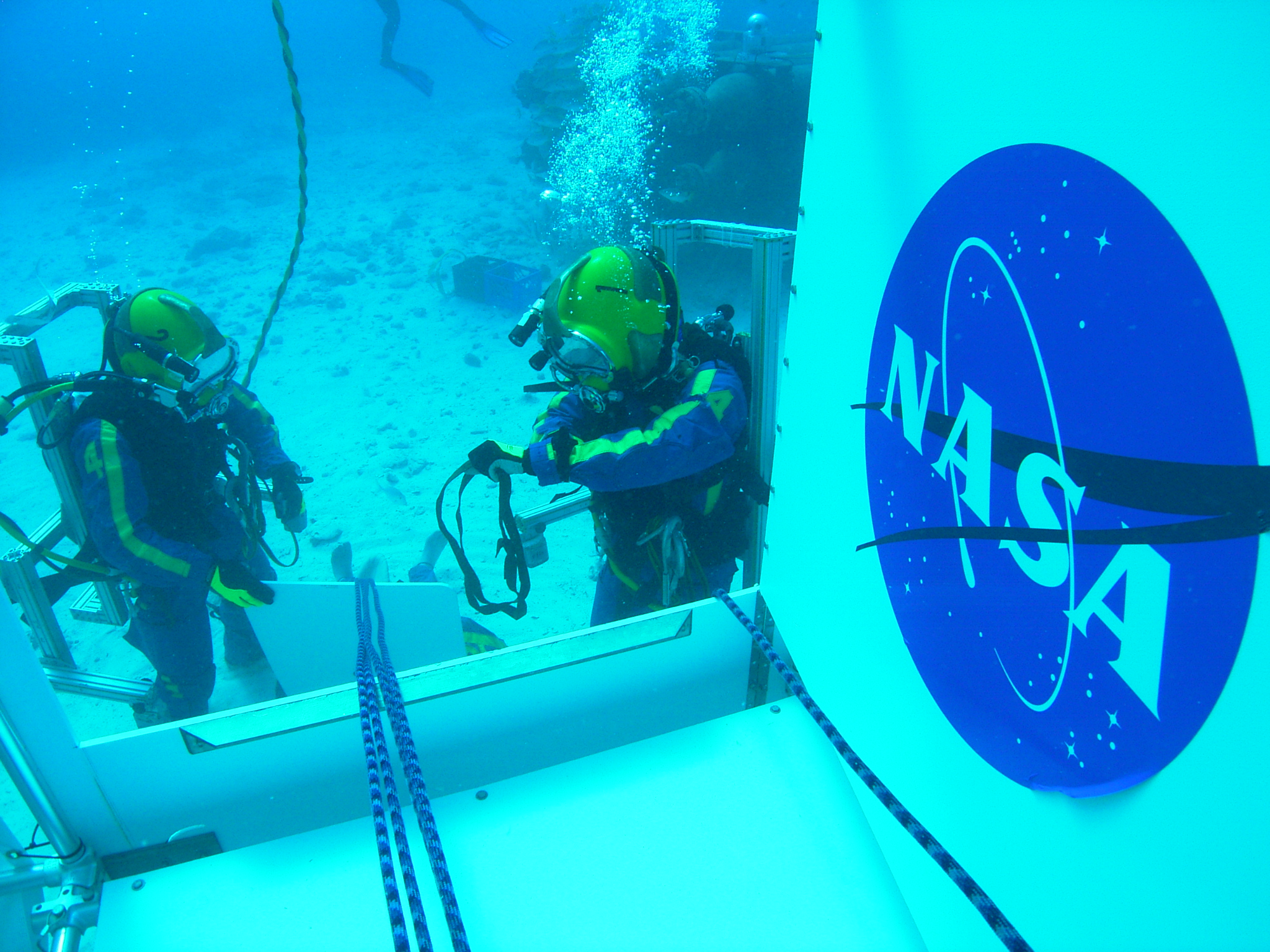
NASA in the News
A pattern of X-ray “stripes” in the remains of the Tycho supernova, discovered after long observation with NASA’s Chandra X-ray Observatory, may provide the first direct evidence that a cosmic event can accelerate particles to energies a hundred times higher than those achieved by the most powerful particle accelerator on Earth, the Large Hadron Collider. “We’ve seen lots of intriguing structures in supernova remnants, but we’ve never seen stripes before,” said Kristoffer Eriksen of Rutgers University, who led the study. The results could explain how some of the extremely energetic particles bombarding Earth, called cosmic rays, are produced, and they provide support for a theory about how magnetic fields can be dramatically amplified in such blast waves. Read more about the discovery.
Building Curiosity
Curiosity Cam takes you inside the clean room at NASA’s Jet Propulsion Laboratory in Pasadena, Calif., to watch the next Mars rover being built. Technicians assembling and testing the Mars Science Laboratory, known as Curiosity, are covered head to toe in white smocks, booties, and facemasks to help protect against earthly contaminants hitching a ride to Mars. Watch Curiosity come together.
NASA Image of the Day
Discover what’s going on inside NASA through beautiful photographs from across the agency. Images from current missions, new scientific discoveries, moments in history, and more are posted daily with extended descriptions to help you learn visually about NASA’s goings-on:www.nasa.gov/multimedia/imagegallery/iotd.html.
For More on Our Stories
Additional information pertaining to articles featured in this issue can be found by visiting the following web sites:
Feedback
We welcome your comments on what you’ve read in this issue of ASK and your suggestions for articles you would like to see in future issues. Share your thoughts with us.









